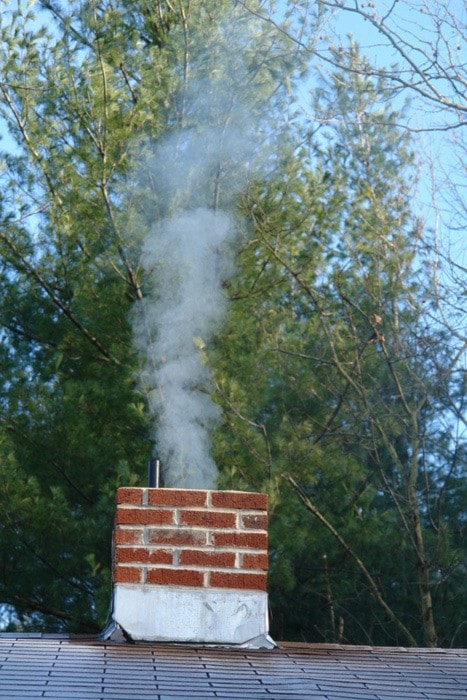Wood stove pollution is at its worst in valley communities similar to the Similkameen Valley because temperature inversions prevent wood smoke from being dispersed, keeping it right where residents live and breathe.
“The pollution starts during the winter months. You can tell yourself when you look up and see smoke just sitting there,” said Janice Johnson, former Regional District Okanagan-Similkameen air quality co-ordinator and owner of environmental business a Footstep Closer.
From March until the end of April, RDOS residents can get a $250 rebate when they replace their old wood stoves with a new EPA/CSA emission-approved wood, gas, pellet or electric appliances.
Only the first 60 exchanges will be given the credit.
Participating retailers are also offering a discount of around $150.
“If you have one person in a neighbourhood burning inefficiently, the whole community will be affected,” Johnson said.
It’s easy to tell if wood stoves aren’t working efficiently, she said.
“If there’s smoke pouring out of the chimney then its creating unnecessary air pollution. Plus it’s wasting fuel because the smoke is unburned energy.”
The health effects of wood smoke exposure include an increased risk of lower respiratory tract illness such as coughing, wheezing, shortness of breath and chest tightness.
For people with asthma, wood smoke is associated with an exacerbation (or flaring up) of asthma.
Other health effects include a decrease in lung function, or decreased breathing ability, as well as an increase in emergency room visits.
Young children, the elderly and people with pre-existing heart and lung disease are most likely to be affected; the harmful pollutants released in wood smoke, however, also directly impact the health of otherwise healthy individuals.
New EPA wood stoves when operated correctly will reduce smoke pollution by 90 per cent and use one-third less wood, the RDOS said.
The BC Lung Association said there are ways to improve the efficiency of wood fires.
Burn dry, seasoned hardwood. Burning “green” or wet wood produces significantly more smoke. Firewood should be seasoned for at least six months. Burning seasoned wood also saves money by reducing your wood consumption by 25 percent.
•Split wood into pieces that are 10-15cm (4-6in) in diameter. Fires burn better with more wood surface area exposed to the flame.
• Store wood outside, off the ground and covered. Bring it into your home in small amounts as needed. Green wood stored indoors can increase humidity and lead to mould growth, which may trigger allergic reactions and asthma attacks. Use small pieces of wood kindling and newspaper to start your fire. Add larger pieces of wood as required.
• Burn small, hot fires – they produce much less smoke than ones that are left to smoulder.
•Open the stove or fireplace damper to increase air circulation and improve burning.
When you see smoke, it’s a sign of oxygen starvation and incomplete burning.
•Do not dampen or hold your fire overnight. This creates excessive emissions and promotes the formation of creosote.
•Never burn garbage, plastics, cardboard or styrofoam. Burning garbage releases poisons.
•Never burn wood that has been taken from salt water. Chlorine combines with the smoke to produce dioxins and furans, which are dangerous carcinogens.
•Never burn pressure-treated or painted wood, particleboard or plywood.
Wood treated with varnishes and sealants, or sprayed with pesticides, contain toxic chemicals.
